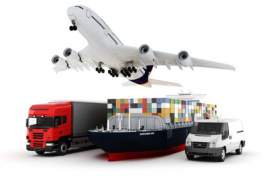
Do You Believe in Trade Liberalization?

Trade liberalization, also referred to as free trade, is a trading system or policy in which those involved in trading goods can do so without much interference, if any, from the government or appropriate organizations. The main goal of trade liberalization is to allow both trading parties to gain a from trading activity. Other forms of trading may impose certain burdens on imports, such as higher taxes or tariffs, for the purpose of dissuading consumers from purchasing imported goods and supporting domestic industries.
Furthermore, the free trading system allows for more true representation of the law of supply and demand, where the values of goods exchanged are more appropriately imposed to their exact value. Other forms of trade, such as those imposing taxes on imports, will not reflect the actual prices of the goods that are being transacted.
Even though trade liberalization will usually be with out government intervention, sometimes taxes and tariffs may be imposed, though they will prove only to help the parties involved. In some cases, organizations and agreements may also be created by the government to over see trade liberalization in action, such as the North American Free Trade Agreement and the Central America Free Trade Agreement.
Trade liberalization is often the topic of debate between economists and other professionals. This particular trading has proven to have its advantages, though it has been argued to have adverse effects, particularly in poorer countries. Some site the fact that because a free trading system allows for foreign markets to trade freely, domestic markets in poorer countries are not allowed to flourish, and thus, negatively affecting the overall economy for that nation.
NEXT: The North American Free Trade Agreement





















